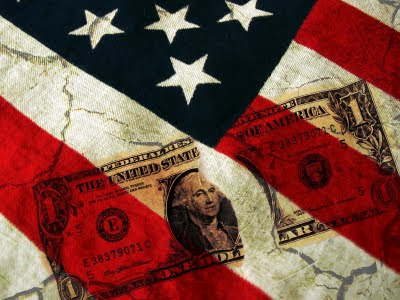
"The world does not pay for what a person knows, but it pays for what a person does with what he knows."
By Laurence Lee
This is The Finance and Investment Blog for stock markets in Thailand and US (NYSE, NASDAQ, AMEX and SET). Our ultimate goal is to Educate and Evaluate companies, stocks or derivatives using Value Investing Approach. We do believe in Investing not Trading or Speculation.
 The psychology of speculation is a veritable theater of the absurd. Although the castle-in-the-air theory can well explain such speculative binges, outguessing the reactions of a fickle crowd is a most dangerous game. Unsustainable prices may persist for years, but eventually they reverse themselves.
The psychology of speculation is a veritable theater of the absurd. Although the castle-in-the-air theory can well explain such speculative binges, outguessing the reactions of a fickle crowd is a most dangerous game. Unsustainable prices may persist for years, but eventually they reverse themselves. Act I - The Tulip-Bulb Craze
Act I - The Tulip-Bulb Craze Act II - The South Sea Bubble
Act II - The South Sea Bubble Act III - Wall street lays an egg
Act III - Wall street lays an egg